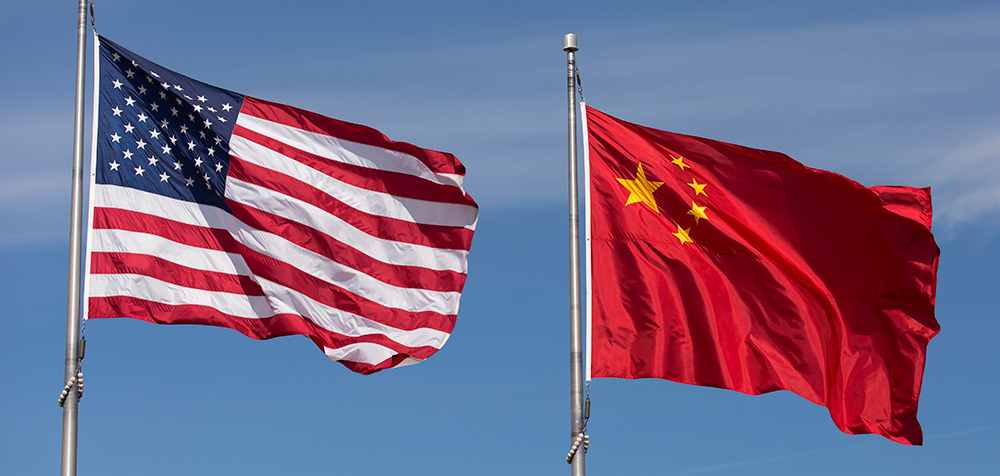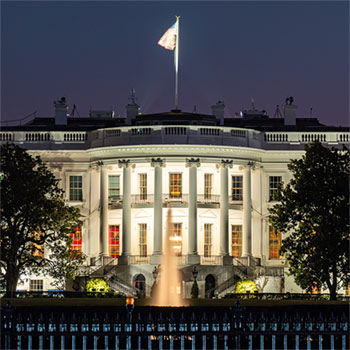
Opening the Door to China
Phase One of China negotiations takes away trade barriers to beef industry.
The United States and China completed a Phase-One trade agreement Wednesday, Jan. 15, that will eliminate three major non-tariff trade barriers experienced by the beef industry for the last 14 years.
National Cattlemen’s Beef Association (NCBA) President Jennifer Houston was at the signing and says:
“The Phase One Agreement with China will be a game-changer for the U.S. beef industry. For many years, Chinese consumers have been denied access to high-quality U.S. beef — the same U.S. beef we feed to our families. Non-scientific trade barriers like the ban on production technologies, the extensive traceability requirements, and the 30-month BSE (bovine spongiform encephalopathy) restriction have greatly limited our ability to tap into growing beef demand in China. The removal of these massive trade barriers gives Chinese consumers access to the U.S. beef they desire, and it gives America’s cattlemen and cattlewomen the opportunity to provide U.S. beef to a growing consumer base that represents one-fifth of the global population and a middle-class that is greater than the entire U.S. population.
“We cannot begin to express our thanks to President Trump for fighting for America’s cattle producers,” Houston continues. “Restoring U.S. beef access to China was the top agenda item resulting from the Mar-a-Lago summit in 2017, and our negotiators have never stopped working to reopen the Chinese market for U.S. beef. The Trump administration did not allow the odds to dictate the outcome, and because of their hard work and dedication, America’s cattle producers and Chinese consumers will have a stronger relationship that will benefit both countries for generations. Today is a great day for the U.S. beef industry and the National Cattlemen’s Beef Association.”
This agreement, which should go into effect Feb. 6, will reopen access to a market of 1.4 billion consumers. China’s middle class alone is bigger than the entire U.S. population. Because China holds one-fifth of the world’s population, Houston says she can’t think of one single event in the past that equals the potential for this trade agreement.
While the Chinese market reopened in June 2017, it still carried the non-tariff barriers of bookend traceability requirements, no production technologies allowed, and 30-month age restrictions. These three barriers are removed with this agreement.
Kent Bacus, NCBA director of international trade and market access, says exports to China have been moderately lukewarm since access opened in 2017, with $30 million in U.S. beef imports in 2017, $60 million in 2018, and about $70 million in 2019. Comparatively, this is much smaller than imports made by Japan and South Korea, noticeably smaller countries. Each country imported more than $1.6 billion worth of beef through November 2019.
However, with fewer restrictions, there is greater potential for exports to China to increase. He’s excited about the potential for exports throughout all of Asia.
“It’s like a Christmas gift. You’re excited to get it, but now you have to put it together,” Bacus says.
Work remains to be done with tariffs that currently sit at 47% for beef.
U.S. Meat Export Federation (USMEF) President and CEO Dan Halstrom says: “For the U.S. pork and beef industries to expand their business in China, the world's largest and fastest-growing destination for imported red meat, it is critically important that China follows international standards for pork and beef trade. The Phase One trade agreement lays important groundwork toward this goal, and USMEF thanks the Trump administration for addressing the barriers that have hampered U.S. pork and beef exports to China for many years.
“Last year China’s red-meat imports exceeded $14 billion, a 65% increase from 2018. The U.S. industry looks forward to capturing a greater share of this rapidly growing market.”
The Office of the U.S. Trade Representative (USTR) has posted the agreement text and related fact sheets online.









